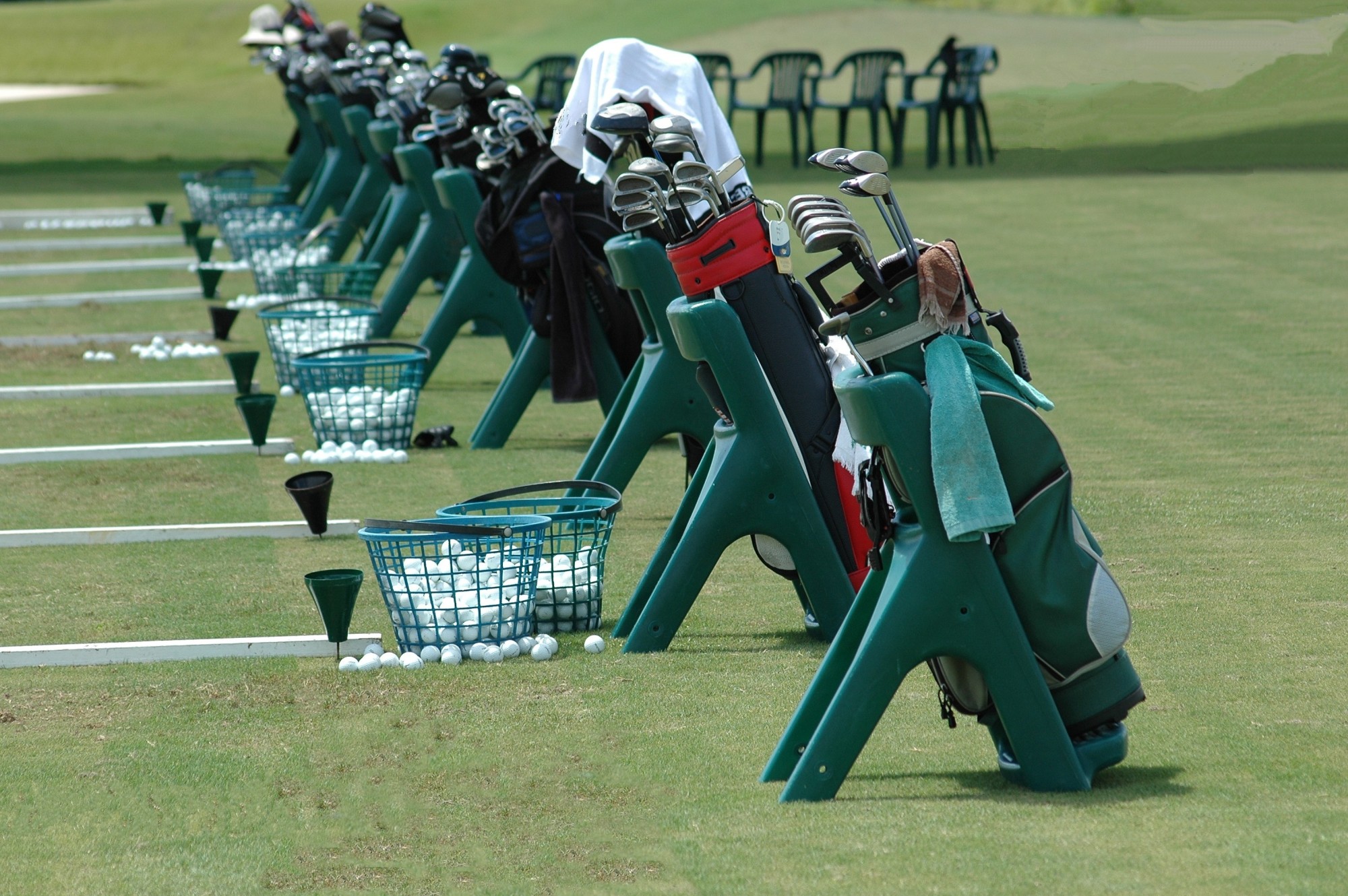Keep It in the Fairway With These Driving Range Tips

Since 1957, golfers the world over have trusted one book to improve their golf swing and "Keep 'em on the Fairway".
Thanks to Ben Hogan and his five lessons, hobbyists to professional golfers have reaped the benefits of his five lessons to a better swing.
If you're looking to improve swing and keep your ball on the fairway, these tips can help you. They have helped countless golfers over the past sixty-plus years, and they can help you too!
Read on to discover the secrets to a straight golf swing, a lower golf score, and the five lessons to keeping 'em on the fairway.
Drive the Ball from the Tee Like a Pro
How would you like to drive the ball off the tee like a pro? How would you like to know that with each swing you are building more confidence to keep 'em on the fairway through repetition and muscle memory?
How would you like to join the ranks of golfers like Tiger Woods, Jack Nicklaus, and Ben Hogan himself? After all, Hogan's nine career major championships are tied for fourth all-time just behind Jack Nicklaus, Tiger Woods, and Walter Hagen.
Even if you never become a pro golfer, you can learn to swing like one. Let's dive into the fundamentals of the five lessons to a great swing.
The Setup
Before you can master the five elements of an impeccable swing, you must first know how to set yourself up for success. That begins with the setup.
There are a few procedures to follow to get your setup right. Once you have put your ball on the tee, position yourself in line with the flag.
Next, use a marker in front of the tee in direct line with the flag and your ball. Use these two reference points to position your club on the ground. Now, stand with your body parallel to the club.
You should now be correctly orientated to begin the perfect golf swing.
1. The Grip
First, grip your left hand correctly. Put your club naturally on the ground behind the ball. Place the golf club in your left hand so that the shaft across the top of your forefinger.
The club should fit under the heel of the palm to make space for the stability of the club. Make sure that the thumb is straight on top with a natural grip.
If your left hand is correctly positioned on the club, you should be able to see two knuckles on your hand.
You should be able to pick up the club with the one hand and swing it up and down off the ground with relative ease.
Next, grip your right hand correctly. Shake hands with the club. Put your right hand over the left thumb.
The two middle fingers should be applying most of the pressure, not your palm. The "V" on the right hand of the club should be pointing to the right shoulder.
Lastly, grip the back of the club correctly. Here are three ways:
- Varden grip: The pinky of your right hand rests between the knuckles you could see from your left hand (most common).
- Overlapping grip: The pointer finger of your left hand overlaps the pinky of your right hand. It is a grip that is used by pros like Tiger Woods and Jack Nicklaus.
- Baseball grip: In this grip, your hands meet but do not overlap in any way, similar to the grip on a bat.
Practice your grip at least 30 minutes a day for at least a week. The goal is to make your grip feel natural and through repetition build muscle memory.
2. Posture and Stance
To start, your feet should be about shoulder-width apart if you're using a mid-iron swing. Your feet, knees, hips, and shoulders should all be parallel to the target.
Your right foot should be facing straight forward from the body, while your left foot should be slightly open. This makes it easier for your body to follow through the golf swing.
Be sure not to turn your left foot out too much. Doing so will cause imbalance, and you won't be able to get enough torque through your backswing. You'll know if this happens because doing so will put a strain on your left knee.
Your torso should lean slightly forward from your waist and your knees should be slightly bent. You should have about a hands-width of space between your body and your club.
The weight of your body should be on the balls of your feet for optimum balance. If you keep your weight on your heels, you'll have to swing around your body which will cause your swing to be off.
Your left arm should be fully extended and your right arm should be slightly bent. Your right shoulder should be gently dipped to keep it loose for the swing.
To ensure that your shoulders are in the correct position, hold your club in the center of your chest and bend forward slightly. Next, dip your right shoulder so that the inside of the club touches the inside of your left leg.
3. The Waggle
Before starting your swing, you'll need to carry out your waggle. This will ensure that your body is evenly balanced before the shot.
The goal of the waggle is to relax your body in anticipation of the shot. If you watch the pro golfers, you'll notice a waggle before each swing.
To perform the waggle, gently rock back and forth between your feet and get evenly distributed weight distribution.
4. First Part of the Swing
Your backswing should start with rotation, not with your hands. One way to perfect this is to hold your club across the front or back of your shoulders and practice the rotation of your torso.
At the top of your swing, your back should be rotated so that it is facing the target. Your hands should be maintaining a firm grip throughout your backswing.
5. The Second Part of the Swing
At the top of your swing push your weight from your right to the left. Upon impact, your hips and shoulds should be parallel to the ball. Your swing should continue until your whole body is facing the target.
The swing should be unbroken from the start of the backswing to the motion of the downswing and follow-through. If done correctly, the only time that your right foot should move is immediately after impact. Otherwise, you wouldn't be able to swing through to face the target.
Your body should be relaxed throughout the shot. Remember that this is a swing and not a hit. Your power should come from faster rotation. Your hips should lead your shoulders all the way through the swing.
Five Steps to Keep 'em on the Fairway
Now that you know the same tips the pro golfers use to keep their balls on the fairway, it's time for you to practice.
While it can take time to master these elements, with the right practice, dedication, and repetition, you'll soon be driving the ball as Hogan intended in 1957.
For more information about golf, planning special events, or setting up your next tee time, visit our website for all the details.

